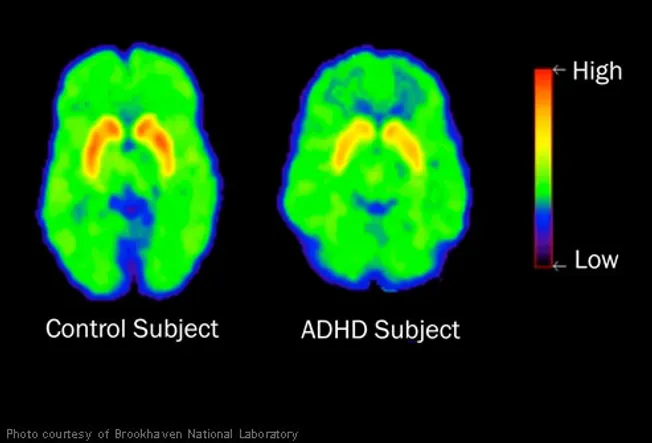For this blog I am going to be discussing whether psychiatric medicines are safe. While progress of psychiatric medicines has been made in recent years, the long term effectiveness of these drugs has not been evaluated. Before 1955, psychiatric therapies included prayer, isolation, and physical restraints. During this time, the majority of patients resided in psychiatric hospitals. Recently, patients have been moved out of these hospitals, and the use of community mental health services as well as prescription psychiatric drugs have increased. While the FDA has approved these drugs, they only review studies that were properly designed, secretly conducted, and paid for by multinational profit-driven drug companies. The majority of these drugs are not tested for longer than three months and the industry pays researchers to fast track these drugs through the process. Many times the researchers have ties to the FDA advisory committees and have other financial conflicts of interest (Gantt).
Currently, it is not possible to definitely test the psychiatric medicines effectiveness without preventing the release of the drug for extreme periods of time. As a result, I do not believe that it will be possible for long term tests of these medications to be conducted. Because drug companies are only required to report one or two studies and can simply put a warning on the drugs, the drug companies have no interest in conducting any long term trials that may delay their income. As a result, consumers are often unaware of the potentially fatal adverse drug effects that may include addiction, mania, psychosis, brain damage, dementia, and homicidality (Gantt).

Historically, medically ill patients did not have access to these drugs or services and the current use of them has shown a severe drop in the number of mentally ill patients. In addition, compared to 1977 when 64 percent of psychiatric visits were for psychotherapy now less than 10 percent are for that treatment. Instead, drug prescription has dramatically increased. While these statistics appear to have demonstrated the positive effects of these drugs, many of these results are misleading. Many of these drugs, including the antidepressants have reflected an increase in suicidal thinking as well as completed and attempted suicides (Gantt).
Many of these drugs while they claim they are safe, they are not especially for children. A commonly prescribed drug, Ritalin, has a similar effect on the brain to cocaine and can with long term use has been found to be neurotoxic. Many of these synthetic chemical drugs simply mask symptoms and can be highly addictive. Other drugs such as Thorazine, Haldol, and Prolixin result in serious brain damage. When examining MRI scans of treated schizophrenics, common proof of the disorder is the shrinking of the brain. The effects they experience are often the result of psychotic symptoms after beginning drug use (Gantt). Within children this may be especially harmful as their brains continue to develop. I believe that these drugs must be tested further in order to prevent complications within their use and the research must be properly evaluated. Do you guys think that these drugs are safe and should continue to be used?
Gantt, Edwin E. Taking Sides: Clashing Views on Psychological Issues. McGraw-Hill Education Create, 2018.


:max_bytes(150000):strip_icc()/adhd-overview-4157275-6982f7abb53c482593834abbc2f3ab73.png)

